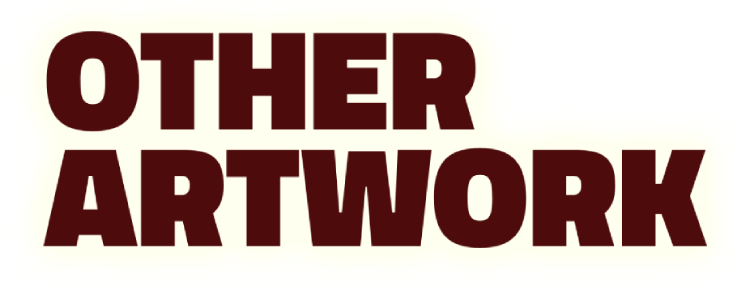
In addition to my programming work I also aim to have a strong foundation in other creative works as well such as shaders, VFX, and environment art.
Below are some projects that I have created that have helped strengthen these skills because I believe that in order to be a great team player I should be familiar with all other aspects of the work that goes into a game, both for my own personal goals and for the goals of a project.
Cross-Hatching Shader in Unity’s Shader Graph
This was a shader I created for use in a cancelled solo game project which took place in a casino setting.
This shader aims to replicate a grungy and messy stylized look which represents the feeling you would feel walking through a corrupted casino such as the one which would’ve been depicted in the game.
Another task this shader achieves was allowing to create visual interest for players. Allowing myself to quickly pump out models without needed to spend considerable time on texturing and UV’ing. Instead, texture maps were blocked into several flat colors and the necessary UVs were placed in their corresponding spot. At this point I then let the shader do the work to break up the same-ness of large areas.
The way it works is first by taking the dot product of the main directional light and the surface normal which recreates some basic lighting. I then posterize that output to generate 4 distinct bands across the geometry. These bands and then used to determine what line texture to sample from and map the texture to that surface. This builds up more lines in darker areas of the shape as an artist would do with traditional cross-hatching. Some noise is then added to this outcome before combining the lines with the original color texture and the final output is drawn to the screen.
Visual Effects: Unity’s VFX Graph & Particle System
These are some effects I made to test my skills with Unity’s VFX tools. The portal and fire are made using VFX graph and the sparks are made through Unity’s default particle system.
The fire and sparks were made from visual reference and were an easy way to test my knowledge in the software. My goal in creating the portal was to make a magical-looking effect that was both unique and visually interesting.
Japanese-Style Temple: Rendered in Engine
This project was made in collaboration in an environment art class. The theme was to create a Japanese inspired shrine.
Collaboration followed three categories of objects: One asset that you would share with the class, other assets that each person would be required to make but not be shared, and then any other asset you felt was necessary in the scene.
My shared object was the Temizu-Ya, or handwashing station.
Other assets of my creation included the stone lanterns, the red wooden gates, the bridge, and then the overall construction of the level which included texturing and lighting.
Assets were modeled in Maya and textured in Substance Painter. Everything was then assembled and rendered in Unity.
Polaroid Model: Rendered in Engine
This is a model to showcase my proficiency with modeling and texturing an asset a player might see in a game.
Modeled in Maya, Textured in Substance Painter, and then lit and rendered in Unity.
Animation in Maya
Short clip of a character performing an axe attack animation.
Animated in Maya with keyframe poses.
ZBrush Sculpts
Here are some sculpts made in ZBrush to show experience with its modeling tools and surface painting.
